Abstract
The hypothesis is put forward that the disturbance of gait seen with tumours of the posterior fossa is largely due to subacute dilatation of the ventricular system and not to the involvement of midline cerebellar structures concerned with balance or the coordination of truncal muscles, as is widely taught. This hypothesis is examined in the light of the clinical evidence provided by the symptomatology and treatment of 19 consecutive cases of intracranial mass lesions exhibiting truncal ataxia.
Full text
PDF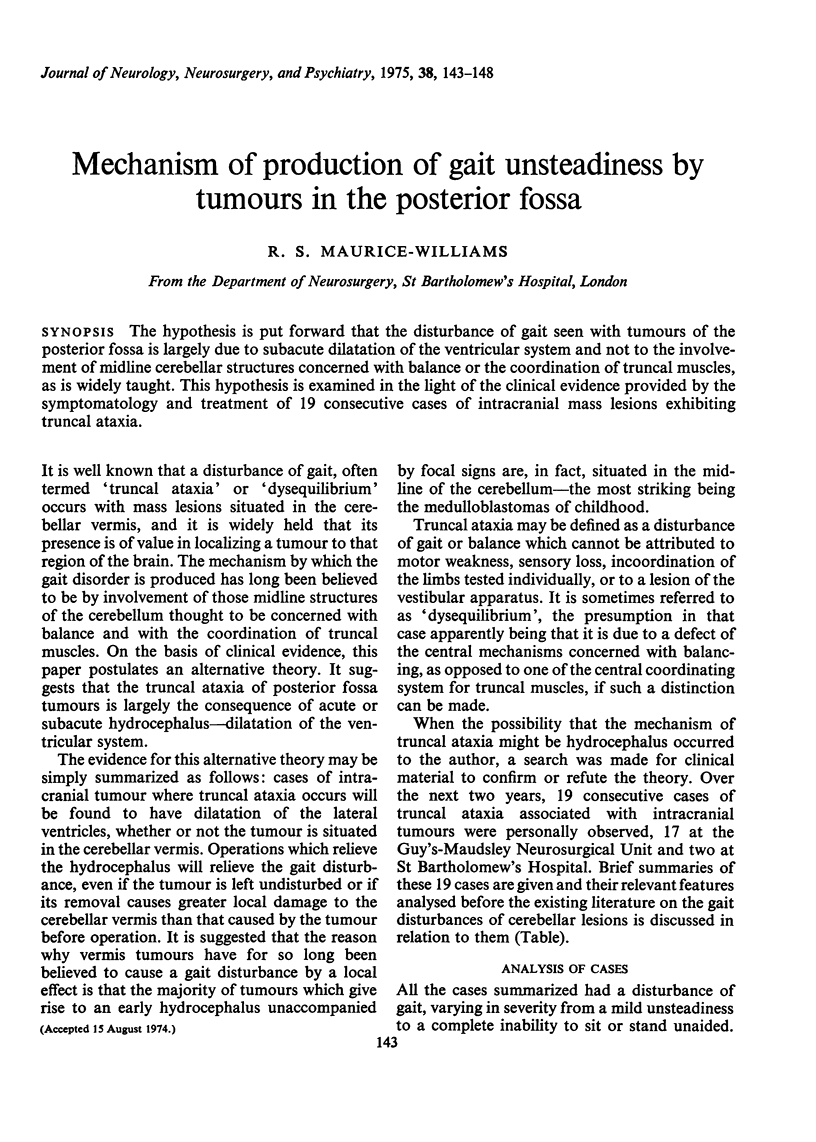
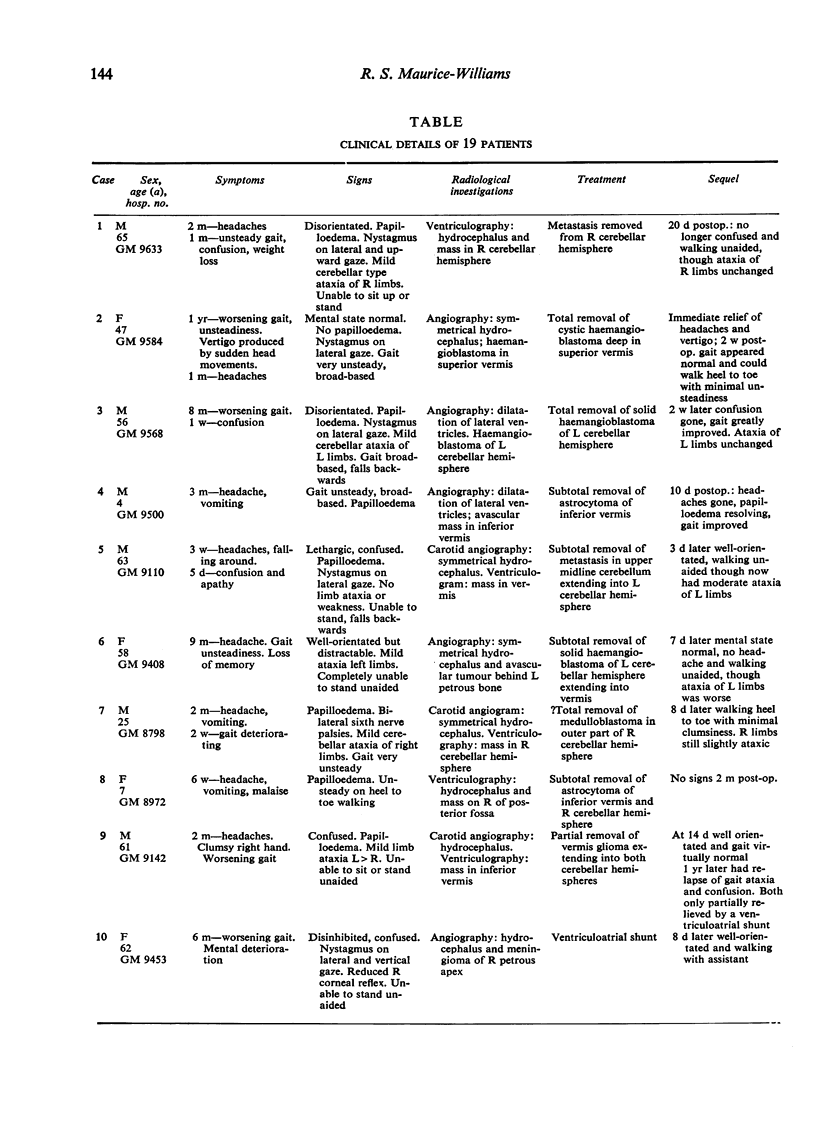
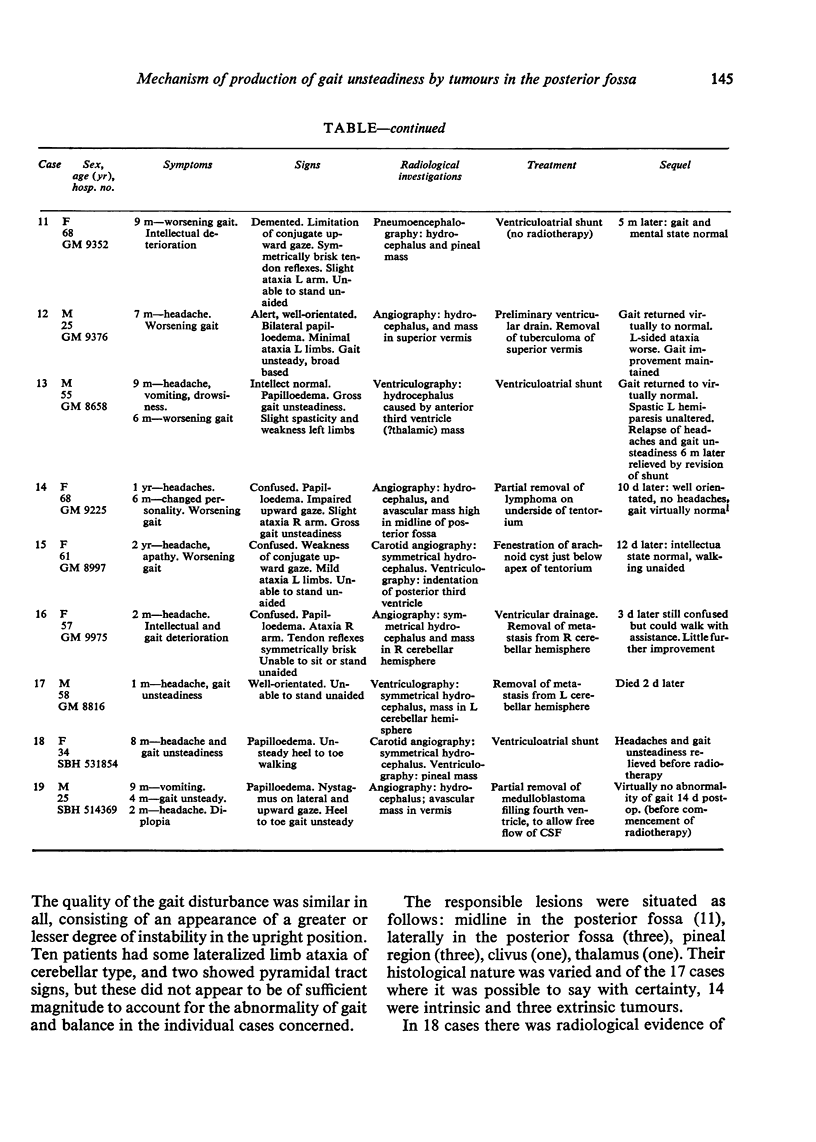
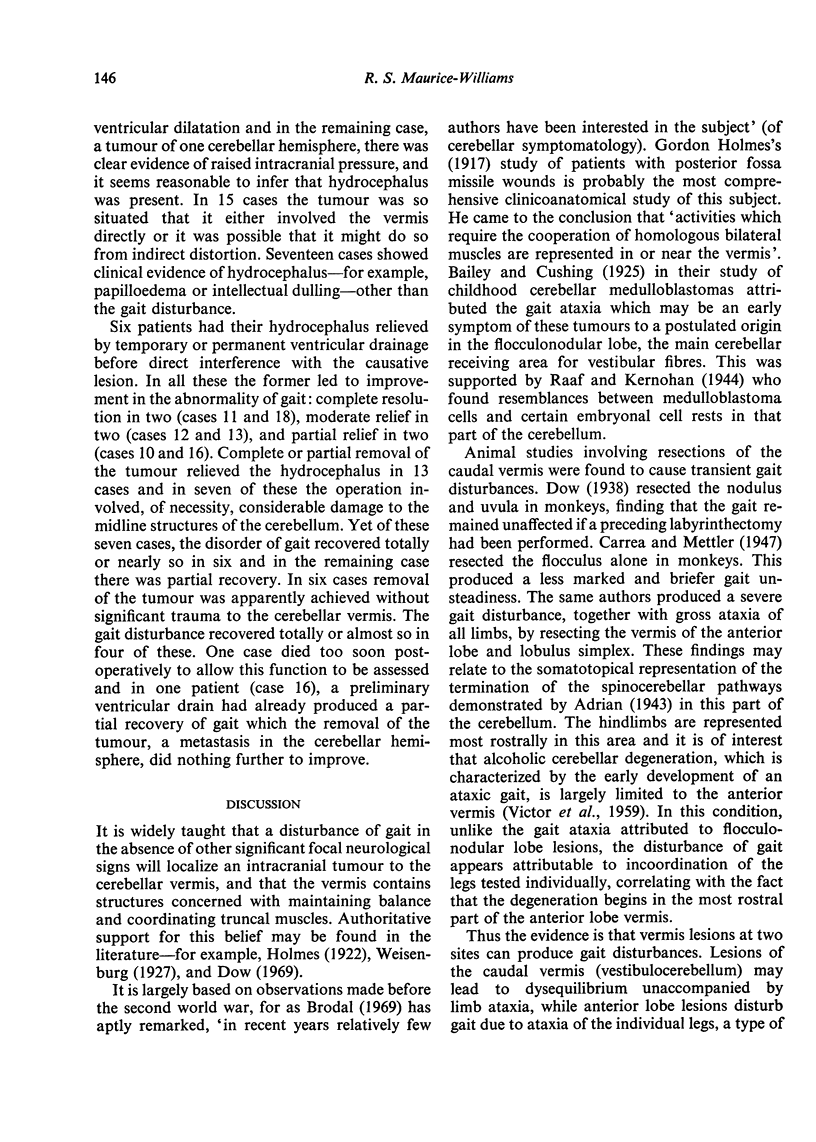
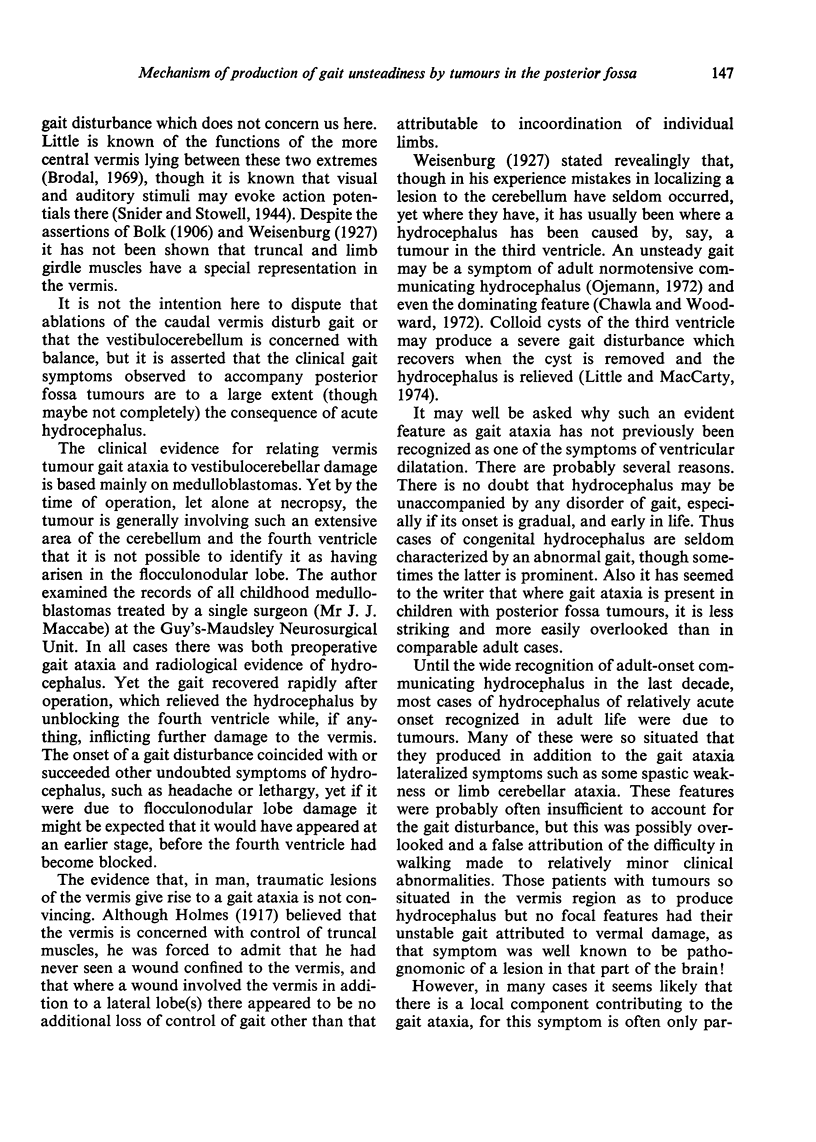
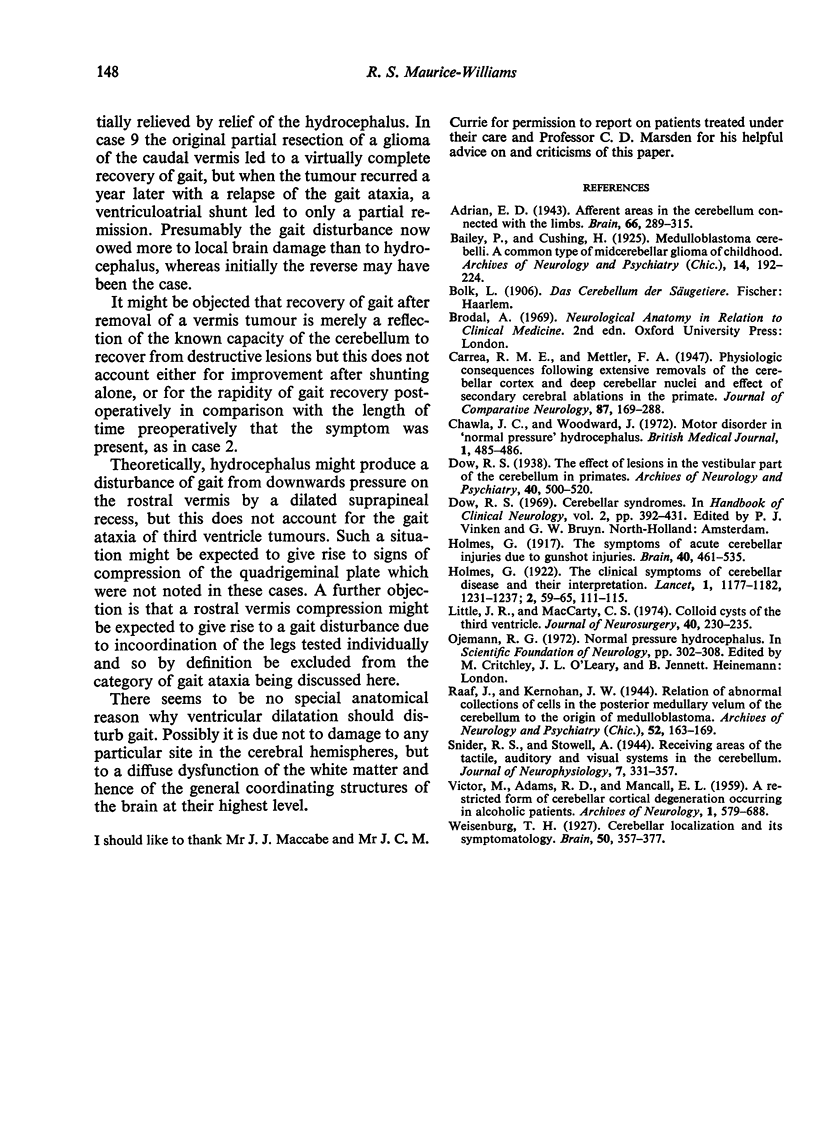
Selected References
These references are in PubMed. This may not be the complete list of references from this article.
- Chawla J. C., Woodward J. Motor disorder in "normal pressure" hydrocephalus. Br Med J. 1972 Feb 19;1(5798):485–486. doi: 10.1136/bmj.1.5798.485. [DOI] [PMC free article] [PubMed] [Google Scholar]
- Little J. R., MacCarty C. S. Colloid cysts of the third ventricle. J Neurosurg. 1974 Feb;40(2):230–235. doi: 10.3171/jns.1974.40.2.0230. [DOI] [PubMed] [Google Scholar]


